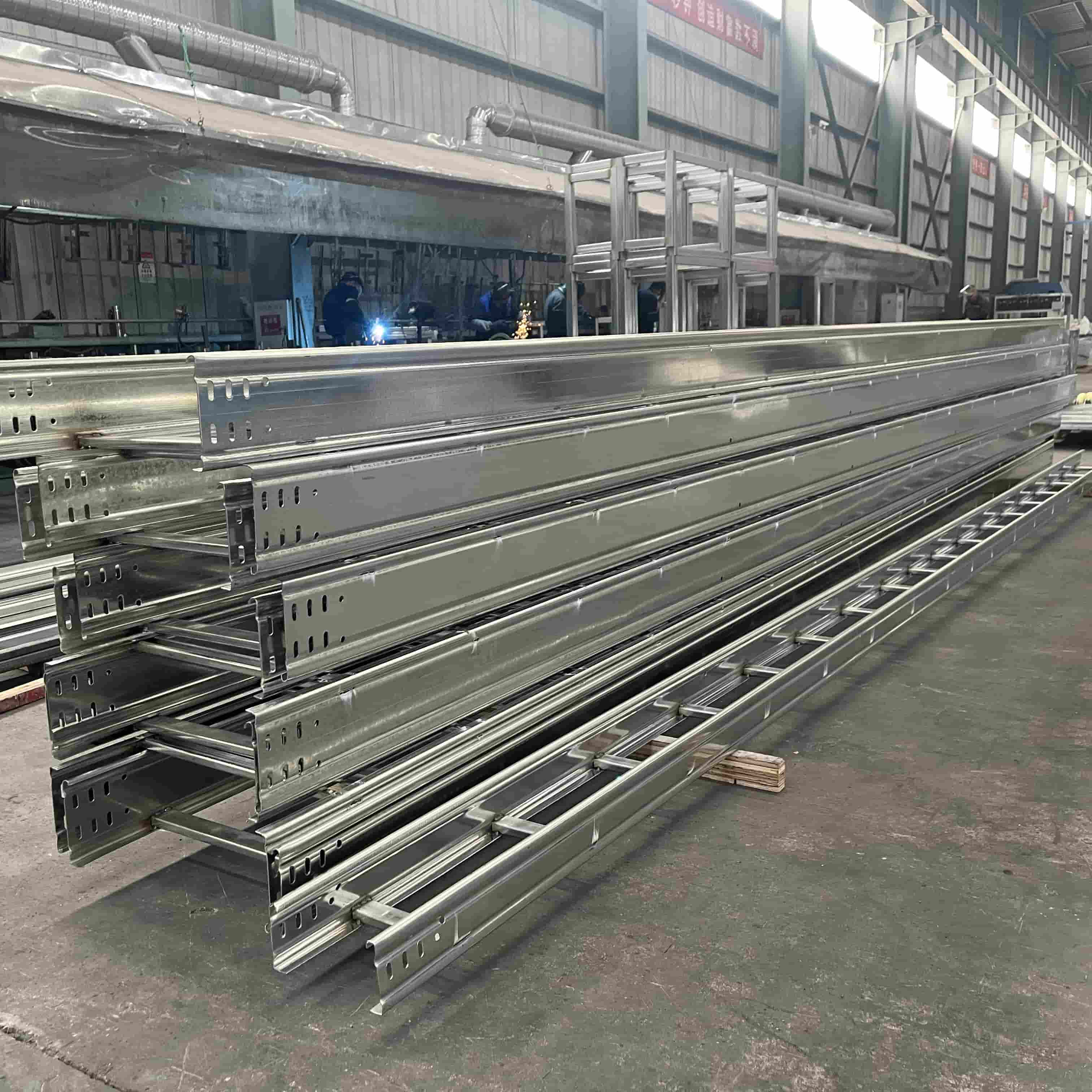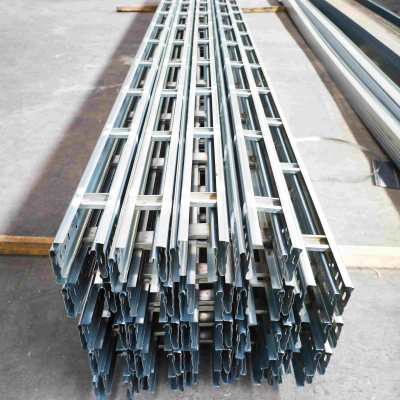How to connect aluminum alloy cable trays?
There are various connection methods for aluminum alloy cable trays, and the specific connection method depends on the structural form, load requirements, and environmental conditions of the aluminum alloy cable tray. The common connection methods for aluminum alloy cable trays are:
1. Welding connection: Welding connection refers to connecting the various components of an aluminum alloy bridge frame together through welding technology to form a complete structure. Welding connections can meet the high-strength requirements of aluminum alloy cable trays, but the connections need to be regularly inspected to ensure their quality.
2. Bolt connection: Bolt connection refers to the process of connecting the various components of an aluminum alloy bridge frame together using bolt connection technology to form a cohesive structure. Bolt connections can meet the high-strength requirements of aluminum alloy cable trays, but the bolts at the connection need to be regularly inspected to ensure their quality.
3. Combination connection: Combination connection refers to connecting the various components of an aluminum alloy bridge frame together through combination connection technology to form a complete structure. The combination connection can meet the high-strength requirements of aluminum alloy cable trays, and the connection can be regularly inspected to ensure its quality. In addition, other connection methods such as nailing, bonding, and cable connections can also be used through the design of aluminum alloy cable trays to meet different requirements. In short, the connection method of aluminum alloy bridge depends on its structural form, load requirements, and environmental conditions, and should be selected according to specific circumstances.





